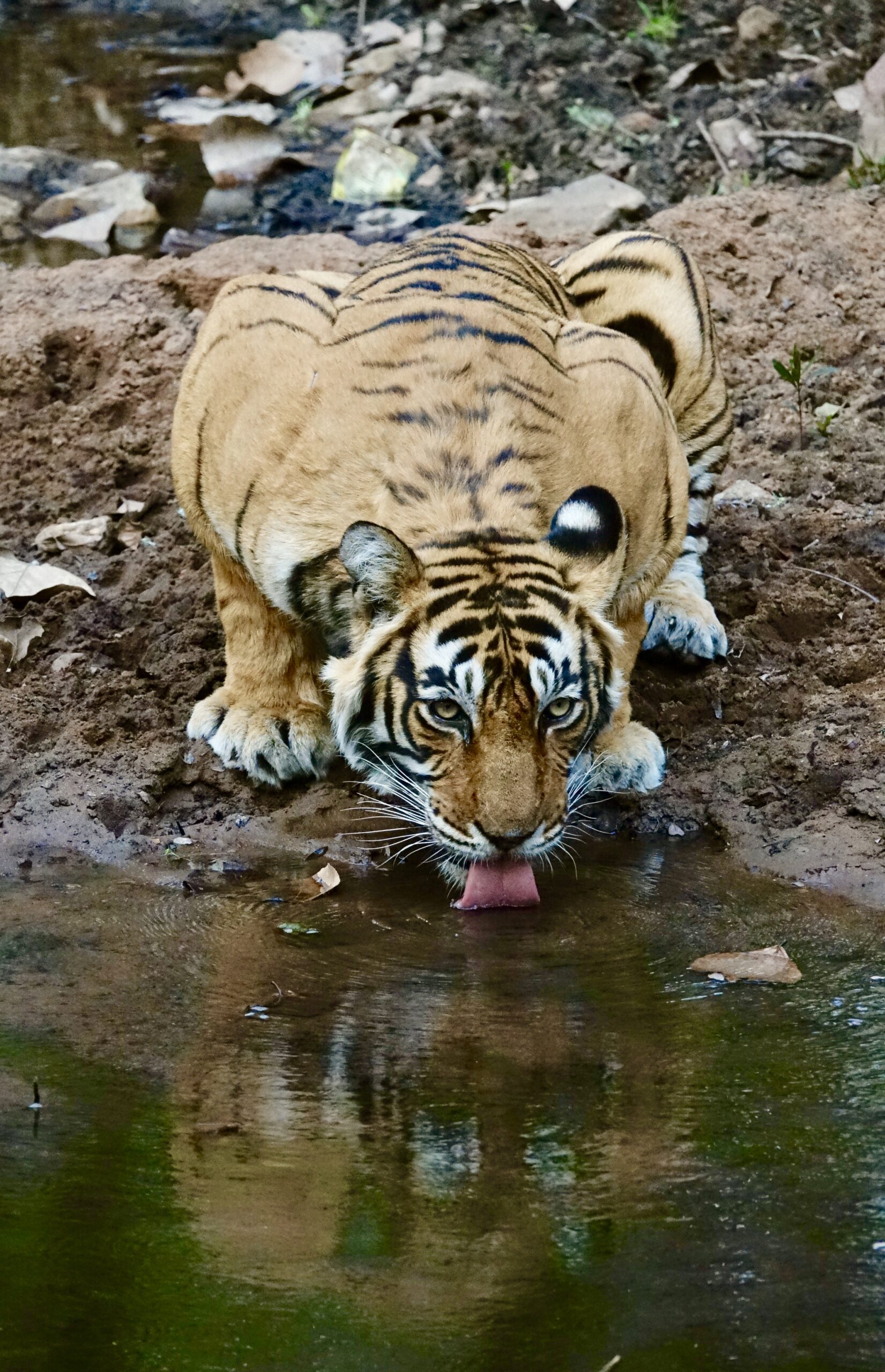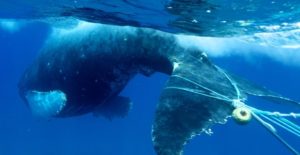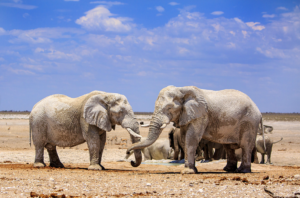Poaching is the illegal hunting or capture of animals, and it is one of the biggest threats that exist to big cats. Lions, tigers, and jaguars are facing dwindling populations as a result of the years of overhunting. Without intervention and regulation, the animals may one day not exist in the wild, or at all.
The majestic creatures may be killed for crop and livestock protection. This problem is worsening as the need for farmland grows, and deforestation enters further into animal habitats. The loss of habitat can leave the animals hungry as the bottom of the food chain dwindles, and they will enter areas populated with people. Desperate for food, the cats can target farm animals, and are often killed for this. Some cases have also been discovered where farmers killed the animals in retaliation for their previously lost livestock.
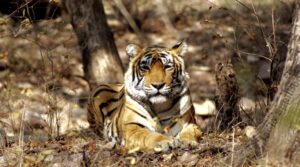
Another driving cause for the poaching of big cats is the market for illicit animal parts. Ancient Chinese medicine falsely claims that the bones, blood, and fangs of big cats have medicinal elements. The market for jaguar teeth, bones, and pelts are immense in areas of Latin America. The overhunting and therefore dwindling populations of these animals have led to something that may be even more gruesome than poaching. Farms are being found where animals are being raised in disgustingly terrible conditions so their parts can be harvested and sold. Tight cages and abusive conditions are all the animals know until they are big enough to be slaughtered for parts.
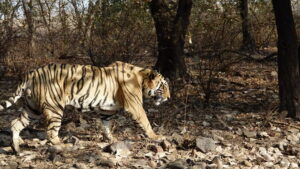
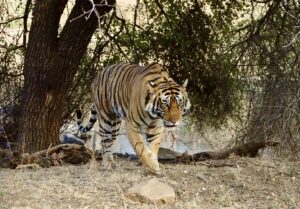
Trophy hunting is another danger facing the animals. Targeting big animals to hunt for sport has become an incredibly lucrative business globally. The African big five are the most sought-after and difficult to hunt. This list includes the lion, leopard, black rhino, African bush elephant, and African buffalo. Four out of the five animals have threatened populations (excluded is the buffalo.) People will travel from all over the world and pay thousands of dollars to kill big game in Africa.
Today, there are more tigers in captivity than in the wild. There are an estimated 5,000 in the wild and 8,000 in captivity. They can be found anywhere from backyard petting zoos to residential homes as pets. The animals are prime targets for capture by poachers, as a tiger cub can sell for thousands of dollars. The dangerous animals grow up quickly, and cannot live safe, healthy lives in these habitats. It’s important NOT to support places with activities like “playing with a white tiger cub” or allowing you to pet and take pictures with big cats. These places play a big part in the illegal wildlife trade and support the mistreatment of animals.
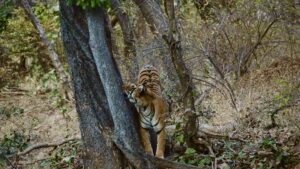
Big cats need to be protected for more than just their intrinsic value. They’re apex predators that play a critical role in the ecosystems they exist within, and their loss has environmental consequences. As normal climate and water patterns are also changing, these ecosystems are facing an immense threat. However, the fight to combat climate change and protect these animals is useless if they’re gone before the effects of a warming climate can even begin to affect them.
Action needs to be taken to protect big cats. Globally, there needs to be the creation and enforcement of strict poaching laws. Regulations need to be put into place to restrict the ownership of these animals, and the buying of their body parts. Those who turn to poaching often do so out of the desperate need for money; pointing to the much larger picture of poverty. Better opportunities for employment and careers must be available so people don’t have to turn to poaching in the first place. The societal structure around hunting big game and killing the Big Five needs to change, and people shouldn’t find achievement in killing species whose populations are in danger just for fun. Most importantly, conservation efforts need to be funded, so the hands-on efforts of protecting these animals can continue.
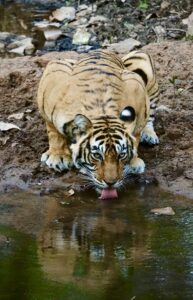
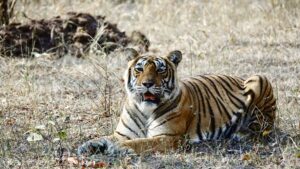
Check out our video on YouTube on efforts being made to protect the Bengal tigers in India:

